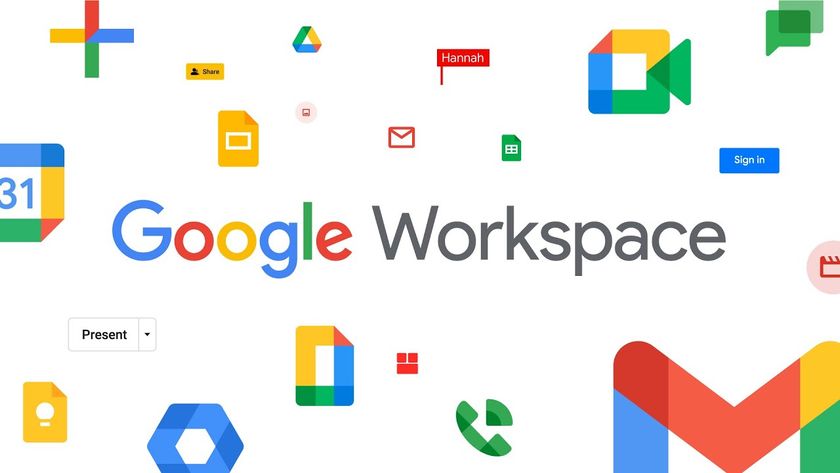Recruitment software: changing the way your company hires
How software is improving the end-to-end recruitment process
Mobility isn't just important for the candidate applying on-the-go, it is just as important on the recruiter side. When we started researching the space and uncovered the need for mobile recruiting, we realised how quickly recruiters need to connect with candidates and hiring teams.
The recruiter may be on the road, at a conference or waiting outside an interview room, and in these situations, having a phone number of a candidate isn't necessarily enough. The software now needs to be designed to give recruiters the ability to put a suitable candidate forward at the touch of a button.
It's important to remember how mobile the hiring team is in the modern workplace. With the latest mobile recruiting software, they can request information, collaborate quickly with the recruiter and check the status of an application, wherever they are.
TRP: Who benefits most from a mobile recruiting app? Is it the hiring manager, the interview team, the candidate or the recruiter?
AW: The importance of mobile stretches across all aspects of the recruiting process – from candidate relationship management, to referral management, career sites and interview management. Recruiters can share candidate CVs with hiring managers, while interview teams can communicate about next steps instead of relying on disjointed email that lives outside the system.
The shift from desk-based working, to mobile working is transforming not only how we access information, but also how we make decisions and interact with colleagues. As such, it is necessary to change how applications and content are delivered to employees – a 'mobile first' mantra is needed.
TRP: How important are social channels in the modern recruitment process? Should these be integrated into a recruiting platform?
Are you a pro? Subscribe to our newsletter
Sign up to the TechRadar Pro newsletter to get all the top news, opinion, features and guidance your business needs to succeed!
AW: Employee networks are a top source for talent. Posting a job to an organisation's social site is one thing and may drive some traffic, but encouraging employees to post jobs to their own network is much more effective. The posts are more targeted and people viewing the information will find it more credible and compelling.
People are looking for jobs on mobile devices in high numbers, and much of this is driven by social sites – whether that be LinkedIn, Twitter or Facebook. Figures revealed by LinkedIn show 64 percent of active candidates browse their social networks on mobile devices looking for career opportunities.
When following a link from one of these social sites, applicants then expect be taken to a recruiting site that is mobile-friendly as well. It's vital that any software or recruitment site is optimised for these mobile candidates.
Applying for a role using a LinkedIn profile has also become a key part of the mobile application process. Sites should have an "Apply with LinkedIn" option to accelerate the process, with the candidate being able to make quick edits if necessary. This integration has changed the way we apply for jobs on the go and made it incredibly easy to complete applications on a variety of devices.
TRP: Are recruiting platforms set to change the way organisations approach internal mobility?
AW: New recruiting platforms shouldn't just be built for external candidates but should play a key role for current employees. New recruiting apps should give employees in any region the ability to apply for an internal role easily with a tailored application process. This should take into account what the system already knows about the individual and provide contextual information available internally.
If a solution combines recruiting, HR and talent, it allows for a more comprehensive view of candidates and opportunities. From a succession planning perspective this means that leaders can include both internal and external candidates in their pools.
From a recruiting perspective, it allows recruiters to source and select external and internal candidates together in a unified search. Many of our customers tell us that they have ambitious goals to fill positions internally – especially leadership positions – yet they are cramped by their existing systems.
TRP: What does the future look like for recruitment apps?
AW: It won't be long before all parties involved in the recruitment process will expect mobile capabilities as standard.
What's key is that unified systems will allow for a level of data insight which was not previously attainable. The future is all about leveraging this data across sourcing, selection, performance and retention to be predictive and proactive.

Désiré has been musing and writing about technology during a career spanning four decades. He dabbled in website builders and web hosting when DHTML and frames were in vogue and started narrating about the impact of technology on society just before the start of the Y2K hysteria at the turn of the last millennium.












